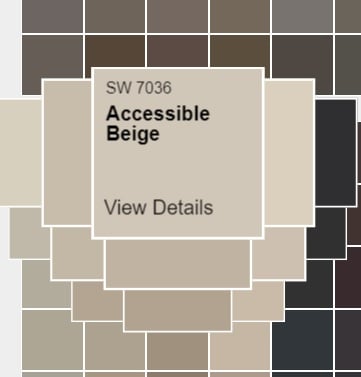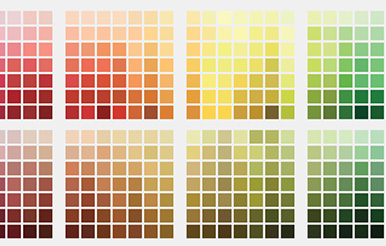

This scheme makes use of three colors an equal distance apart on the color wheel, such as red, yellow and blue or yellow-green, blue-violet and red-orange.Īn understanding of the basics of color theory and the color wheel can help you achieve your design goals and increase the possibilities of your work.Wythe Blue was introduced in 1976 by Benjamin Moore as part of the Historic Color collection.

These colors, when used side by side, make each other appear brighter.

This bold scheme uses colors opposite to each other on the color wheel, such as blue and orange, red and green, or purple and yellow. Some sets of examples are green, light green and yellow or red, orange and yellow.Ĭomplementary color scheme. These colors can be combined without clashing because they share a common hue. This scheme uses colors adjacent to each other on the color wheel. The colors go well together, producing a soothing effect: for example, dark-brown oak beds on beige-brown flooring.Īnalogous color scheme. This color scheme uses variations in lightness and saturation of a single color. The following four schemes are the most commonly used: The harmonious color combinations are also called color schemes. Color SchemesĪccording to the Color Wheel theory, color combinations that are considered harmonious consist of any two colors opposite each other on the color wheel, any three colors equally spaced around the color wheel forming a triangle, or any four colors forming a rectangle. These colors appear to recede, as though the space between you and the color is expanding.īut did you know that green and violet may appear to advance or recede, depending on the colors used with them? That's why many artists and designers consider them neutrals that can complement any color scheme. The other half of the wheel &ndash: from green to red-violet – is considered cool. These colors appear to advance toward you, as though they are getting nearer. Half the color wheel – from red to yellow-green – is considered warm. And intermediate colors, also called tertiary colors, result from mixing one primary color and one secondary color. Secondary colors, which lie between the primary colors on the wheel, result from mixing two primary colors. All other colors are derived from the three primary colors. These colors are unique and cannot result from combining other colors. The primary colors were first shown in a color wheel developed by Sir Isaac Newton in 1666. Over the years, the basic design of the color wheel has varied widely, but the most common version is a wheel of 12 colors based on the red-yellow-blue color model.Īs anyone who dabbles in color knows, the visible light spectrum can be broken into three dominant bands of color, called primary colors: red, yellow and blue. Here's a brief refresher on basic color principles. Knowing how and why colors blend or clash, and which color combinations work and which don't, can mean the difference between creating a décor that pleases the eye and enhances the spirit and one that jars the senses.Īrtists, as well as interior, commercial and landscape designers, have long known the importance of choosing harmonious color combinations, and one of the most important tools they've used in selecting colors is the Color Wheel theory.
#Sherwin williams color wheel how to#
Just as one can never learn how to paint.

Why do two colors, put one next to the other, sing? Can one really explain this? No. An important tool used by artists and designers for choosing harmonious color combinations is the color wheel.


 0 kommentar(er)
0 kommentar(er)
